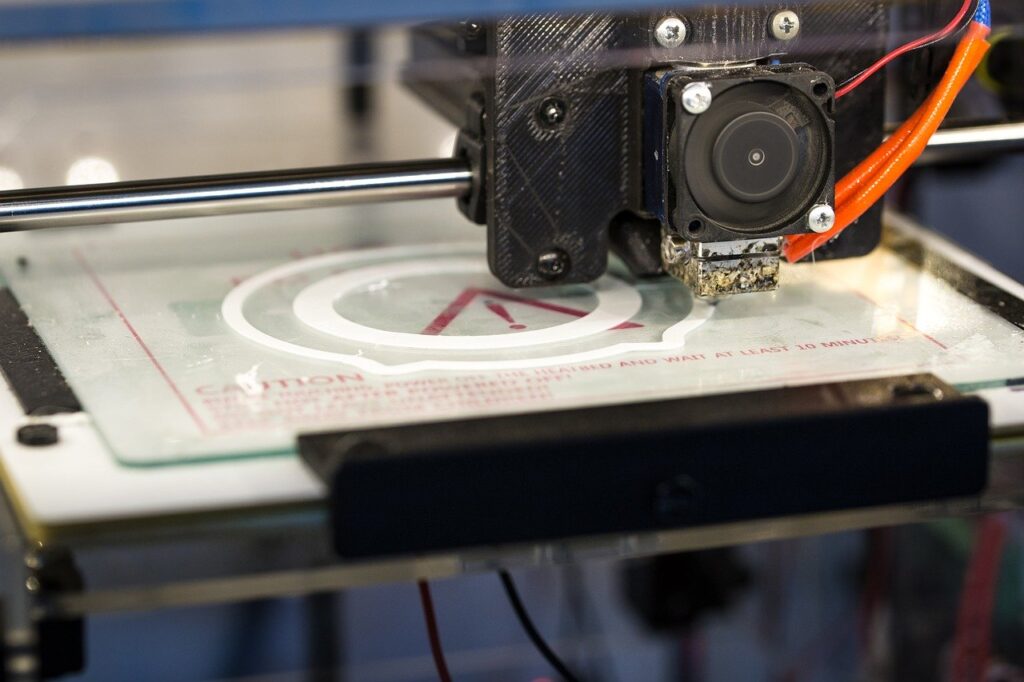

It used to be the case that a dental patient wanting a crown for a tooth needed to sit through an uncomfortable process of having a damp polymer stuck over their tooth and waiting for it to dry before the dentist would prise it off as a cast, which after a week or so would be turned into a plastic or enamel replacement and fitted by the dentist. Now the whole operation from start to finish can be done within an hour using 3D printing.
In Singapore, two German-made machines were first used around 2008. The dentist places a probe inside the mouth of the patient and scans the tooth from all angles. The 3D image of a suitably-shaped crown then appears on the screen for both dentist and patient to view. The dentist can refine the image, and when the result is satisfactory, simply press the start printing button to produce a plastic crown which is ready for instant fitting.
This is one of a myriad of applications emerging from 3D printing technology. Unlike traditional manufacturing techniques that rely upon removing layers of material by cutting, drilling and other abrasive methods, 3D printing is an additive process, laying down successive layers of material one upon the other. What is a relatively high-priced industrial process today looks set to become a relatively low-priced domestic manufacturing process tomorrow. It promises to be one of the most transformative applications and radical developments arising from computer-aided design and modelling (CAD-CAM), and animation modelling software.
It is imaginable that households could have their own 3D printers to reproduce just about any object they come across on the Web. So, for example, you want to have a soap dish or a flower vase, you could simply print one for your own use. One limiting constraint would be the scale of the reproduction, much like how we are constrained by the paper size of our consumer printers. The other would be the supply of suitable construction materials to print with, similar to the colour and resolution limits which our current 2D printers face, but again advances in synthetic materials technology will surely address this issue.
A likely scenario is the emergence of domestic industries which equip themselves with high-cost 3D printing machines that produce high-volume and low-cost products and components for products, such as in the case of engineering and mechanical parts. Products that require moving parts – where these have not been replaced by electronic elements and electro-magnetic motion – will create their own supply-chains, but these could just as easily be based upon 3D printing technology. The Economist (The Economist, 10 Feb 2011). listed the following as current examples: “medical implants, jewellery, football boots designed for individual feet, lampshades, racing-car parts, solid-state batteries and customised mobile phones. Some are even making mechanical devices.” Yes, patents and copyright issues on model designs will arise for sure (imagine the legal ramifications of someone printing an iPhone!), but the ICT world is getting used to them.
Advances in ICTs are now combining with technological advances in other areas of industry to create a new era in manufacturing history. For the past few decades business and industry analysts have been charting the growth of global networking, outsourcing, and global production systems. Suddenly, the convergence of technologies is presenting us with an alternative vision based upon more discrete and customized production. This won’t happen overnight because the gap between prototypes, beta variations, and mass adoption in the material world is more lagged than in the metaphysical world of software and media content. But what history and the metaphysical world has shown us is that when a switching point is reached as critical mass is achieved, the changes can be very rapid indeed.
zp8497586rq